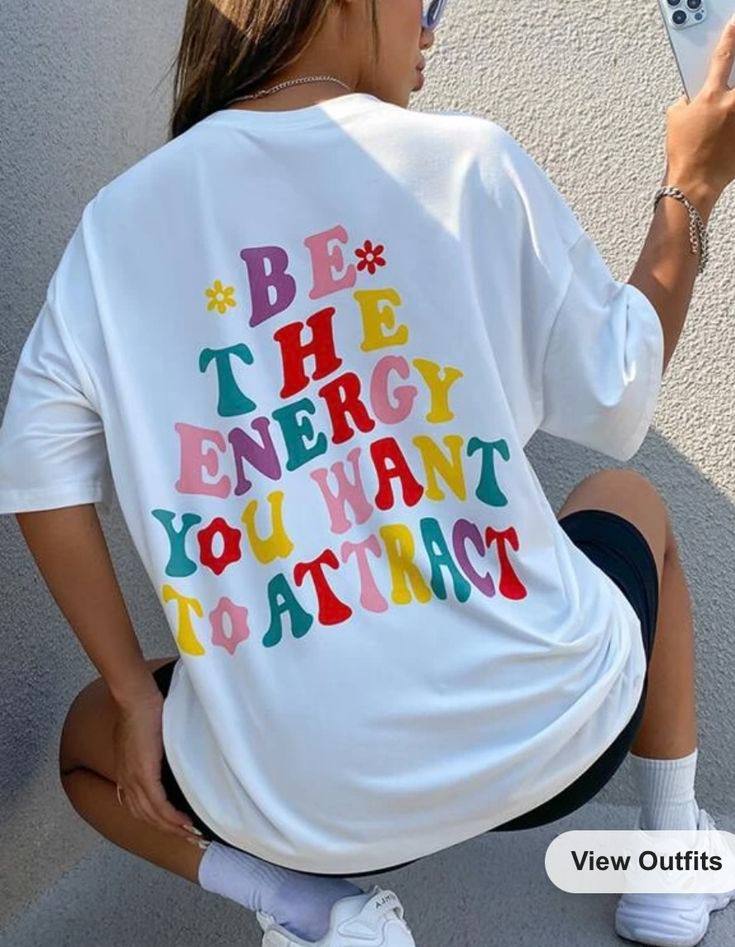The story of the T-shirt begins in the early 20th century when they were introduced as functional undergarments. Originally made from lightweight cotton, T-shirts were designed to be comfortable and breathable, making them ideal for layering under military uniforms. The U.S. Navy was among the first to adopt the T-shirt as part of its standard issue during World War I.
During World War II, T-shirts gained broader recognition as soldiers returned home and incorporated them into their everyday wardrobes. By the mid-20th century, T-shirts were no longer confined to the role of underwear but had become standalone garments, thanks in part to their practicality and affordability.
The Evolution of T-Shirts
1. From Basic to Bold
The 1950s marked a turning point for T-shirts, fueled by Hollywood’s embrace of the garment. Icons like Marlon Brando and James Dean wore plain white T-shirts in blockbuster films, turning them into symbols of rebellion and youthful defiance. This cultural shift laid the foundation for T-shirts to become mainstream fashion items.
By the 1960s, advances in screen printing technology allowed for greater customization. T-shirts became canvases for graphic art, slogans, and promotional materials. The rise of the counterculture movement saw tie-dye and protest slogans become popular, transforming T-shirts into tools for activism.
2. T-Shirts in High Fashion
The 1980s and 1990s brought T-shirts into the realm of high fashion. Designer brands like Ralph Lauren, Calvin Klein, and Versace began incorporating T-shirts into their collections. Luxury iterations of the classic T-shirt emerged, made from premium materials and featuring minimalist designs. Streetwear brands like Supreme and Off-White also redefined T-shirts, blending casual wear with luxury elements.
The Cultural Significance of T-Shirts
1. Medium of Self-Expression
T-shirts have long been used to express personal beliefs, affiliations, and creativity. From band logos to political statements, a T-shirt can convey complex messages with simple imagery or text. In the digital age, memes and viral trends have found a home on T-shirts, further solidifying their role as a medium of self-expression.
2. Branding and Marketing
Businesses have leveraged T-shirts as powerful marketing tools. Logos, slogans, and promotional designs turn wearers into walking advertisements. Companies like Coca-Cola, Nike, and Apple have capitalized on this trend, using T-shirts to reinforce brand identity and foster customer loyalty.
3. Cultural Movements
T-shirts have played pivotal roles in cultural and social movements. During the Civil Rights era, slogans like “Black Power” appeared on T-shirts, amplifying calls for equality and justice. Similarly, LGBTQ+ activists have used rainbow-themed T-shirts to promote acceptance and pride.
Environmental Impact of T-Shirts
While T-shirts are beloved for their accessibility, their production poses significant environmental challenges. Cotton farming requires vast amounts of water and pesticides, contributing to resource depletion and pollution. The widespread use of synthetic materials like polyester exacerbates the problem due to their reliance on fossil fuels and non-biodegradable nature.
Efforts to address these issues include the development of sustainable alternatives such as organic cotton, recycled fabrics, and water-efficient dyeing processes. Brands are also exploring circular fashion models, encouraging consumers to recycle or upcycle old T-shirts.
Future Trends in T-Shirts
1. Technological Integration
The future of T-shirts lies at the intersection of fashion and technology. Smart T-shirts embedded with sensors can monitor health metrics, such as heart rate and body temperature. These innovations promise to expand the functionality of T-shirts beyond traditional uses.
2. Hyper-Personalization
Advances in digital printing and AI-driven design tools are making it easier for consumers to create personalized T-shirts. This trend caters to the growing demand for unique, one-of-a-kind items that reflect individual tastes.
3. Sustainability and Ethics
As environmental awareness grows, the demand for sustainable T-shirts is rising. Brands are prioritizing ethical production practices, from sourcing eco-friendly materials to ensuring fair labor conditions. Biodegradable T-shirts and closed-loop recycling systems are also gaining traction.
Conclusion
The T-shirt’s journey from a humble undergarment to a global fashion staple is a testament to its versatility and cultural significance. Whether serving as a blank canvas for art, a tool for activism, or a medium for innovation, T-shirts continue to shape and reflect the world around us. As the industry embraces sustainability and technology, the future of T-shirts promises to be as dynamic and impactful as their storied past.

